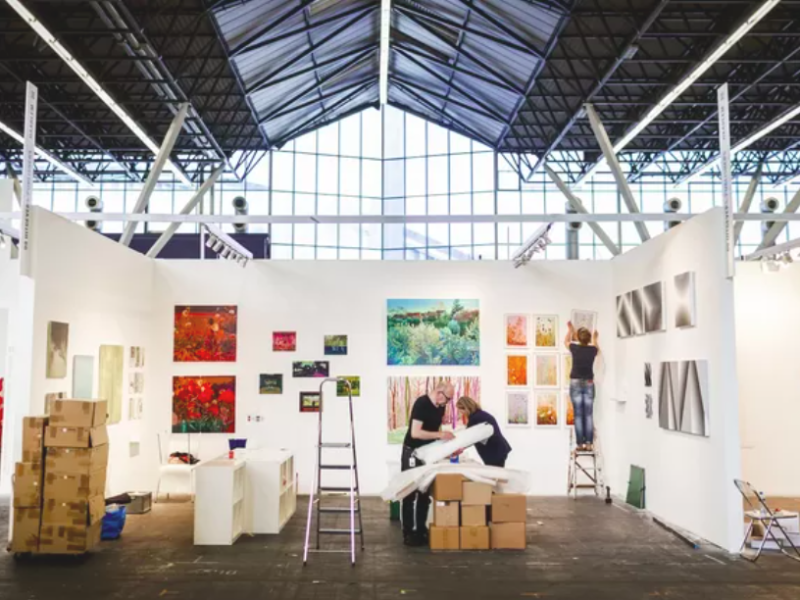Art biennales play a crucial role in shaping trends within the art world. These large-scale exhibitions, held every two years in cities around the world, bring together a diverse range of artists, curators, critics, and collectors to showcase the latest in contemporary art. As such, they serve as a breeding ground for new ideas, styles, and movements that ultimately influence the broader art landscape.
Exposing Artists to New Ideas
One of the key ways in which art biennales shape trends is by exposing artists to new ideas and perspectives. By bringing together creators from different cultural backgrounds and artistic traditions, these exhibitions foster cross-pollination and collaboration that can lead to innovative and boundary-pushing work. Artists attending a biennale may be inspired by the work of their peers, leading them to incorporate new techniques, themes, or approaches into their own practice.
Additionally, biennales often feature curated exhibitions that highlight emerging trends or showcase groundbreaking work by lesser-known artists. By shining a spotlight on these artists, biennales can help to elevate their visibility and influence within the art world, leading to broader recognition and greater opportunities for success.
Setting the Agenda
Art biennales also play a significant role in setting the agenda for the art world. The themes and curatorial decisions made by biennale organizers can have a ripple effect, influencing the types of work that artists create and the topics that critics and curators are drawn to. For example, a biennale that focuses on issues of social justice or environmental activism may inspire artists to create politically charged work that speaks to these themes.
By setting the agenda in this way, art biennales help to shape the broader discourse around contemporary art, pushing boundaries and challenging conventions. This can lead to a greater diversity of voices and perspectives being represented within the art world, as well as a more dynamic and responsive cultural landscape.
Creating Market Trends
Another important way in which art biennales shape trends is by influencing the art market. The exposure that artists receive at a biennale can lead to increased demand for their work, driving up prices and creating market trends. Collectors and galleries often attend biennales in search of new talent, leading to a flurry of buying and selling that can have a significant impact on the value of art produced by participating artists.
Additionally, the buzz and excitement generated by a successful biennale can lead to increased interest in the city or region in which it is held. This can result in a boost to the local art market, as well as increased tourism and cultural investment. In this way, art biennales can help to shape not only artistic trends, but also economic and cultural trends within the communities that host them.
Conclusion
In conclusion, art biennales play a vital role in shaping trends within the art world. By exposing artists to new ideas, setting the agenda for contemporary art, and creating market trends, these exhibitions help to drive innovation and foster creativity. Whether showcasing the work of established masters or emerging talents, art biennales serve as a barometer for the latest developments in the art world, influencing and inspiring artists, collectors, and audiences alike.


